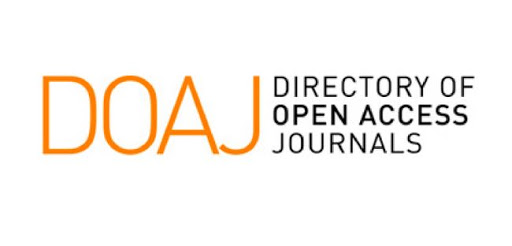Paper ID : SMJ150820540747 | View : 36

Abstract : Preeclampsia is the leading cause of morbidity and mortality worldwide. Etiology, and pathophysiology are poorly understood with a recent theory as two stages disorder. The main hypothesis result from a defect in remodelling of spiralis artery, while late-onset preeclampsia is generally considered as maternal factor preeclampsia. Delivery remain the main treatment option, as ACOG already recommended low dose aspirin for high risk pregnancy to reduce mortality rate. Lipid abnormalities has effect on endothelial function which is the main pathogenesis and risk factor of preeclampsia. In pregnancy, lipid metabolism changes occured for fetal growth and development. Pregnant women with preeclampsia has significantly higher lipid profile. Statin is considered safe and has advantages in treating dyslipidemia. Randomized clinical trial were done to assess effect of pravastatin in 71 high risk preeclampsia pregnant women. Clinical trial were done in two groups. Control group (Group A) take 80mg aspirin only as recommended by ACOG until 36 week of pregnancy. Intervention group (Group B) take aspirin and additional 20mg pravastatin twice daily since 18 weeks until 36 week of pregnancy. Maternal lipid profile before and after treatment on both groups were assesed. Maternal outcome and baby outcome were assessed on both groups. There is no significant difference viewed from between groups on initial test of lipid profile. Even after therapy, total cholesterol and triglyceride keep on incr










